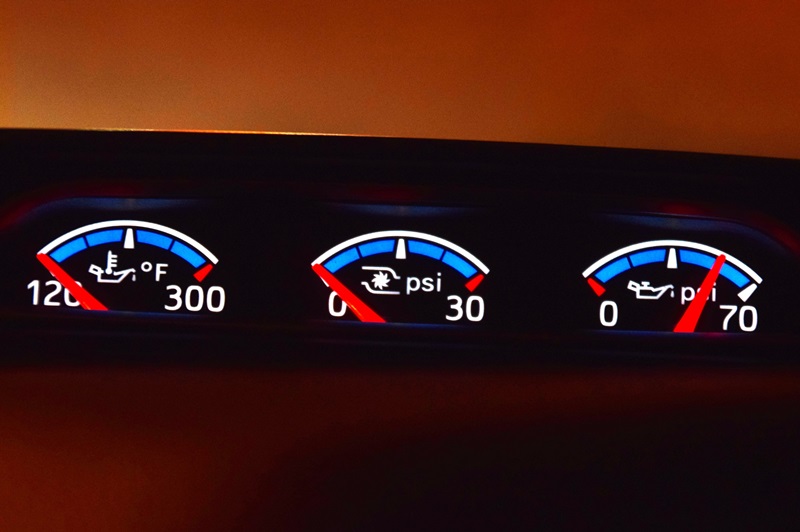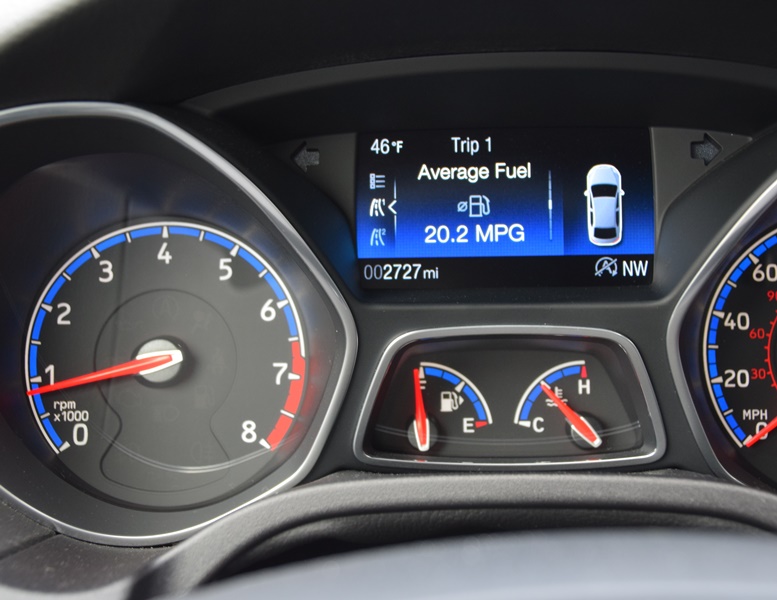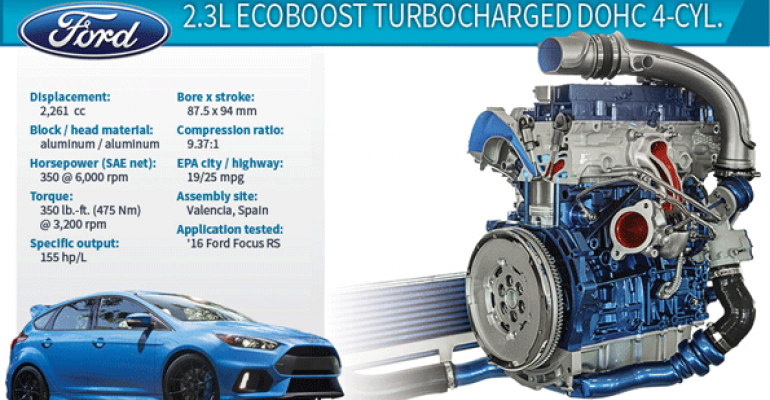Ford’s hard-charging RS (Rally Sport) brand dates back to 1970, when the rally racing-bred Escort RS1600 was first made available to European enthusiasts, and has progressed through a series of very quick, sharp-handling, limited-edition small (and some midsize) cars powered by pumped-up small but muscular engines.
The last one prior to this ’17 Focus RS was the 345-hp ’10 Focus RS 500, just 500 of which were built. After all those years, this new Focus RS is Ford’s first of that breed to cross the Atlantic to North America.
Its 2.3L turbocharged DOHC 4-cyl. (a Valencia, Spain-built derivative of the 310-hp version found in U.S. Mustangs) had a legendary 47-year reputation to maintain.
“Bringing back the RS logo was a really big deal,” says Pete Dowding, Ford global engine chief engineer-petrol engine systems. “It hadn't been in the market for a long time, and Ford of Europe wanted to bring it back, so it had to be special.” Looking for the right engine for it, the team selected the 2.3L, then kicked off the RS engine program in early 2013.
Dowding says its power and torque targets were set as high objectives at the beginning to achieve the performance necessary to beat the competition, while also ensuring “the right balance to give the great feel that customers of this car will want. RS has a long history in Europe. Ford rallied these cars very successfully for a long time, and they have been successful products for us. This RS was intended for global launch in multiple countries.”
With high-pressure direct fuel injection, twin independent variable camshaft timing, four valves per cylinder, 9.4:1 compression and a Honeywell twin-scroll fixed-geometry turbocharger, this modest-size 2.3L pumps out 350 hp at 6,000 rpm and 350 lb.-ft. (475 Nm) of peak torque at 3,200 rpm. That amounts to an eye-opening specific output of 155 hp/L.
“If there was a slam-dunk engine in this year’s competition, it was this one.” WardsAuto editor David Zoia enthuses. Of the 40 engines evaluated and rated for the 2017 awards, fully 15 of them were 4-cylinder gasoline turbos. So, “making the final cut was no easy task,” he writes. “Except for the Ford Focus RS 2.3L.”

Zoia says all that prodigious thrust “put the Focus RS right at the top of the most-fun-to-drive list among the cars tested in the 2017 Wards 10 Best Engines competition. Power delivery is lively and linear, with no sudden gushes and absolutely no dead zones.”
Perhaps surprisingly, fuel efficiency also was a priority. “You’ve got this extra special car with all this capability that you can put on a track and have some fun with,” Dowding says. “But it also wanted to be a daily driver, so it wasn't power for power's sake.”
Both international and U.S. EPA fuel-efficiency targets were set, the latter being the 19/25 mpg (12.3-9.4 L/100 km) city/highway ratings that ultimately were achieved. “These products are quite tricky,” he says. “You want this level of performance; you want reasonable fuel economy that the customer will consider acceptable; and you also need to meet the emissions requirements for the different countries in which this vehicle will find itself.”
Driving through a 6-speed manual transmission and Ford Performance Dynamic Torque Vectoring All-Wheel Drive, this compact road rocket is capable of mid-4-second zero-to-60 mph (97 km/h) bursts. Yet the WardsAuto editors as a group averaged a respectable 20.2 mpg (11.6 L/100 km) over nearly 500 miles (805 km) of testing.

Of course, the engine needed sufficient durability and heat-management capability to handle all that extra power, so its new cylinder head (with its integral exhaust manifold) is made of higher heat-resistant A356 aluminum. And that presented a manufacturing issue.
“A356 is quite challenging to machine,” explains Patrick Morgan, engineering manager of Ford global performance engines. “It creates long, stringy chips that clog the equipment. But our engine plant really stepped up and sorted out those problems without issue, thanks to a lot of effort on their part.”
Other durability and performance-enhancing changes include a unique intake system with its larger turbocharger, a redesigned exhaust system, higher-tensile iron cylinder liners and upgraded cooling capacity.
Dowding credits the team. “We have a group of enthusiasts led by the Ford Performance team once again creating an RS product,” he says. “And within the engine engineering team is Pat’s Engine Performance Group. The combination of teams from the engine side and the vehicle side, operating on a short timeline with a lot of pressure, came together and delivered this very special product.”
The European-based vehicle team worked closely with the Dearborn-based engine staff with development help from Ricardo in the U.K.
Says a January 2017 Ricardo press release: “As an engineering partner to Ford Performance, Ricardo held responsibility for the engineering delivery of the upgraded engine components and associated systems from concept through to the 90-day point following start of production. A collaborative approach required close interfacing with global powertrain engineering teams, manufacturing teams, engine and vehicle testing team suppliers and calibration teams.”
Zoia says while the RS engine’s rich baritone voice under full-throttle acceleration is artificially generated, it is strong and pleasing enough to “make a V-8 Mustang proud.” And he concludes the very fact that “the $36,775 Focus RS 2.3L stood out in a field crowded with entries from some dominating luxury and performance brands – BMW, Porsche, Alfa and Audi among them – is worth noting and rewarding.”




